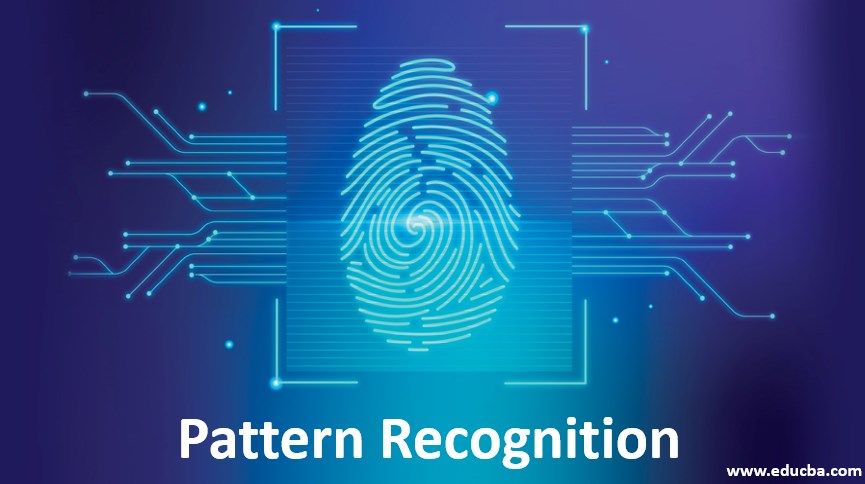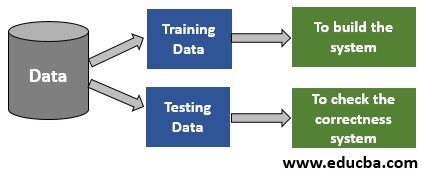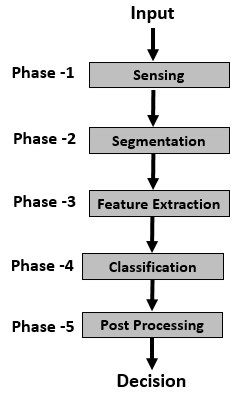Updated March 24, 2023
Introduction to Pattern Recognition
Pattern Recognition is the method of identifying and distinguishing the patterns, from the images that are fed as input, and the output is obtained in the form of patterns. There are five different phases in pattern recognition, such as sensing, segmentation, feature extraction, classification and post-processing. With the help of these phases, pattern recognition can be done on any type of input like image recognition, biometric recognition, facial recognition, colours and shapes, recuperating patterns from distorted inputs, etc.
What is Pattern Recognition?
The practice of distinguishing the patterns using Artificial Intelligence and Machine Learning tools with algorithms. The classification and identification methods of data supported by the prior statistical knowledge about the retrieved patterns as inputs. Applications such as facial expression recognition, speech recognition, MDR, medical image recognition, etc., are a part of PR systems. Two types of techniques are very prominent in the AI and ML dictionary. These are Classification and clustering without which the definition is incomplete.
The raw data which acts as input is fed to be processed, and then it is converted into machine-understandable codes. Then these codes undergo the training process, which includes these steps of Classification and Clustering. Although the terms are synonymous, yet they are different in terms of their practical application. The supervised learning and unsupervised learning govern these techniques.
The process is enumerated as follows:
- When we refer to the classification technique, we assign appropriate class labels to any pattern that we want to recognize. These are dependent on the data of abstraction, which is produced while being in the training sets and using specific prior known facts about the domain.
- Classification is an important step in supervised learning methods.
- Clustering is used to partition the data for decision making. The decisions are critical in nature sometimes. This is a procedure followed in unsupervised learning.
They are a typical form of the mathematical function used to signify the measurements which have been computed such that it can quantify the noteworthy patterns present in the object.
Example of Facial Expression Recognition:
- Let us say we have one face and its features include eyes, facial structure, nose, ears, etc.
- Thus the feature vector includes the above-mentioned features.
- The features, i.e. eyes, nose, structure, ears, etc. are taken together in aligned sequence as [eyes, nose, structure, ears]
- The feature vector used here is the series of certain features that are epitomized n the form of a k-dimensional column vector.
Features of Pattern Recognition
- They recognize the patterns accurately with greater precision.
- They are able to recognize and classify even the unknown and unfamiliar entities.
- The accuracy can be relied upon, and the shapes and objects can be explored from different angles.
- The identification is eased by various unknown patterns in the world of science.
- They are able to detect the minute differences and recover the original pattern in case of missing data.
- They help to study and research the unknown domains of science in medical fields, data sciences, etc.
How Pattern Recognition Works?
Fig 1: The PR working methodology
The working of pattern recognition depends on the various notions of supervised and unsupervised learning approaches. This whole phase cycle reveals the working of the Pattern recognition approach.
Fig 2: Phases of Pattern Recognition
The different phases are as follows:
Phase 1: This phase translates inputs to the analogous signal data.
Phase 2: This phase helps to isolate the sensed input data and eliminate the noise.
Phase 3: This measures the entities and the objects on its properties and sends the, for further procedure of classification.
Phase 4: It assigns the sensed object to category.
Phase 5: It takes other consideration to decide for appropriate action.
Advantages and Disadvantages of PR Systems
Given below are the advantages and disadvantages of PR techniques.
Advantages
- Pattern recognition cracks the problems in classification.
- There are various problems in day to day life that are handled by the intelligent PR systems such as Facial expression recognition systems.
- Visually impaired people are also benefitting the PR systems in many domains.
- The speech recognition systems are doing wonders and helping in research fields.
- The object detection is a miraculous achievement of PR systems that is helpful in many industries such as aviation, health, etc.
Disadvantages
- The process is quite complex and lengthy, which consumes time.
- The dataset needs to be large for accuracy.
- The logic is not certain of object recognition.
Applications of PR Systems
- Facial expression recognition
- Iris recognition
- Computer vision
- Seismic analysis
- Radar signal classification/analysis
- Speech recognition
- Object recognition
- Fingerprint identification
Conclusion
The Pattern Recognition systems are powerful to provide various applications in day to day lives of human beings as a civil society. The Pattern recognition systems are strongly built on AI and ML principles. The PR uses supervised or unsupervised learning methods for characterizing the data and its structure.
Recommended Articles
This is a guide to Pattern Recognition. Here we discuss the Introduction to Pattern Recognition, how it works, features, advantages, and disadvantages. you may also have a look at the following articles to learn more –






